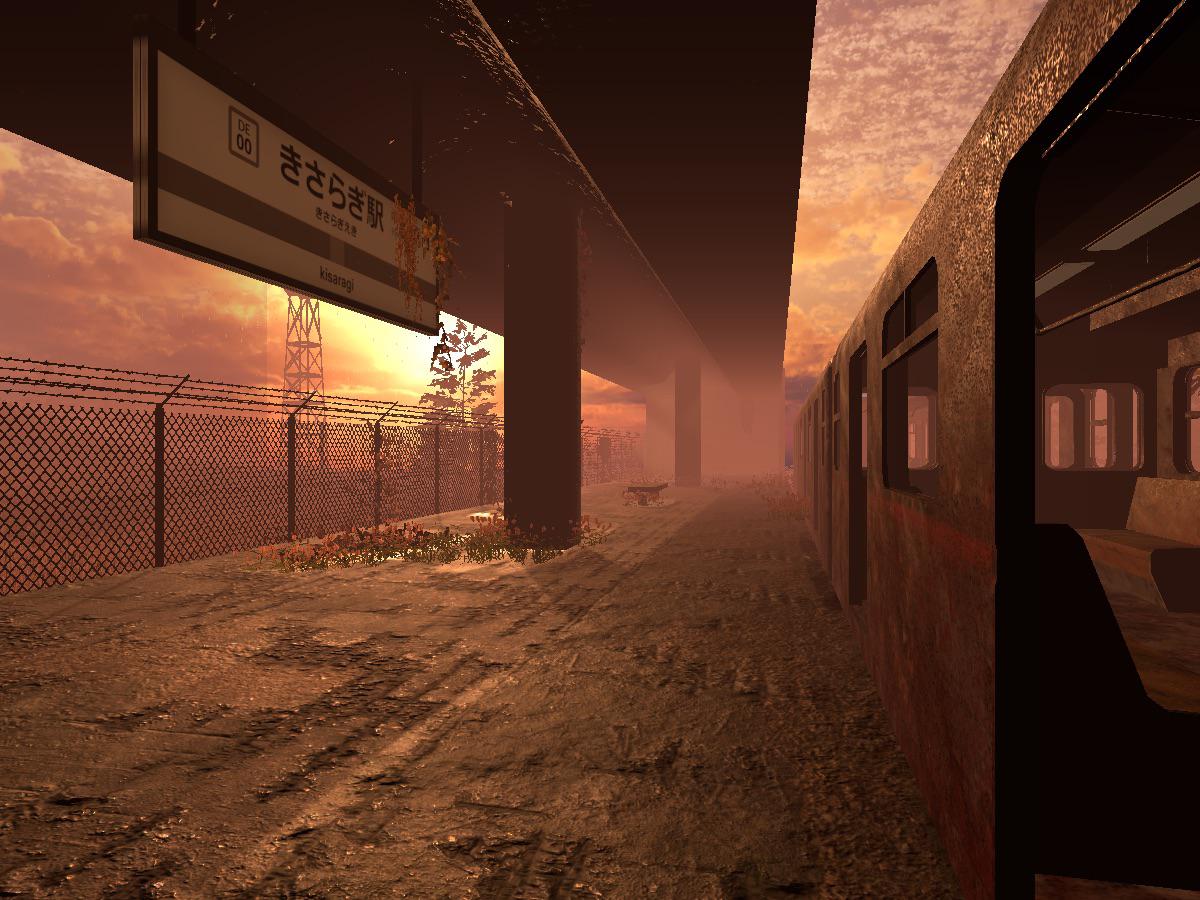Kisaragi – The Mysterious Japanese Subway Station Beyond All Maps
“I’ve been riding a certain train for a while, but something seems off…”

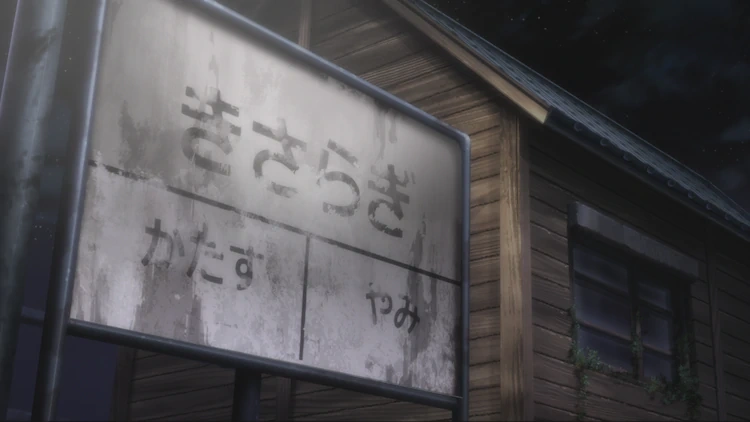
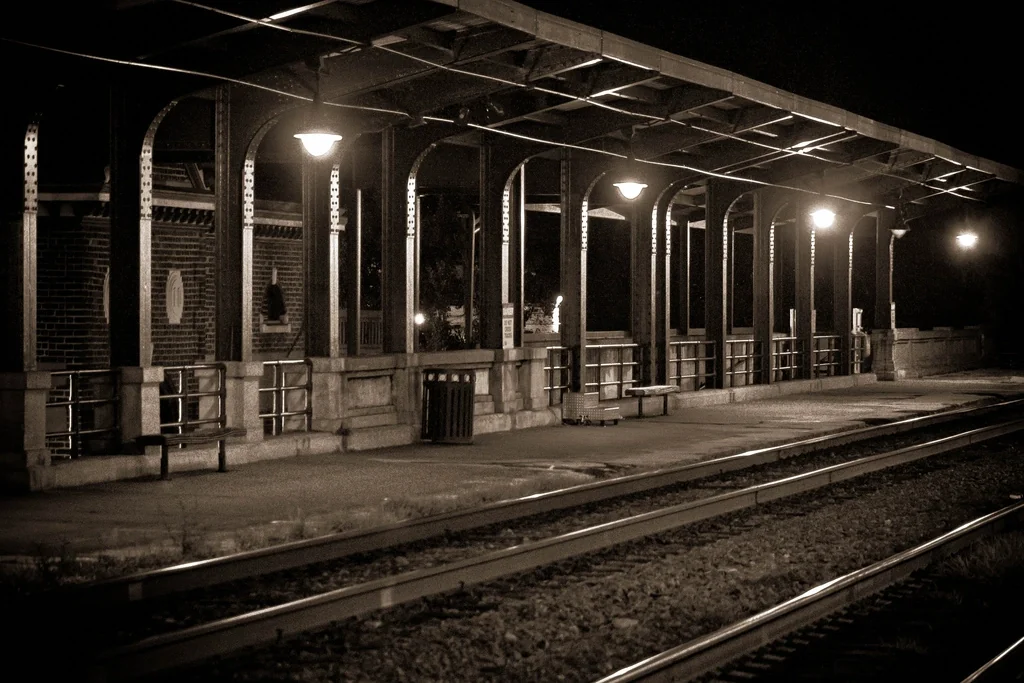
What is the Story of Kisaragi Station?
 The Year 2004 and the 2channel Forum
The Year 2004 and the 2channel Forum
To understand how the Kisaragi Station story gained fame, we need to briefly recall what the internet looked like in Japan in 2004. The internet in Japan and around the world looked very different than it does today - global social media platforms like Facebook or Twitter either did not exist or were just beginning, and most discussions and exchanges of information took place on internet forums.
In Japan, one of the most popular places to share thoughts, stories, and information was 2channel (also known as 2ch), an anonymous internet forum that since its inception in 1999 had become the center of Japanese internet culture. 2channel allowed users to post anonymously, which encouraged free exchange of ideas and the creation of unique communities around various topics.
User Hasumi
It was on 2channel, in a thread titled "Post About Strange Occurrences Around You: Thread 26" (「身の回りで変なことが起こったら実況するスレ」 - “Post about Strange Occurrences Around You: Thread 26”), that a user named Hasumi shared her story.
Her posts began innocuously, describing a routine commute to work. However, it quickly became apparent that this journey would turn into one of the most mysterious stories in the history of the Japanese internet.
Brief Summary of the Legend
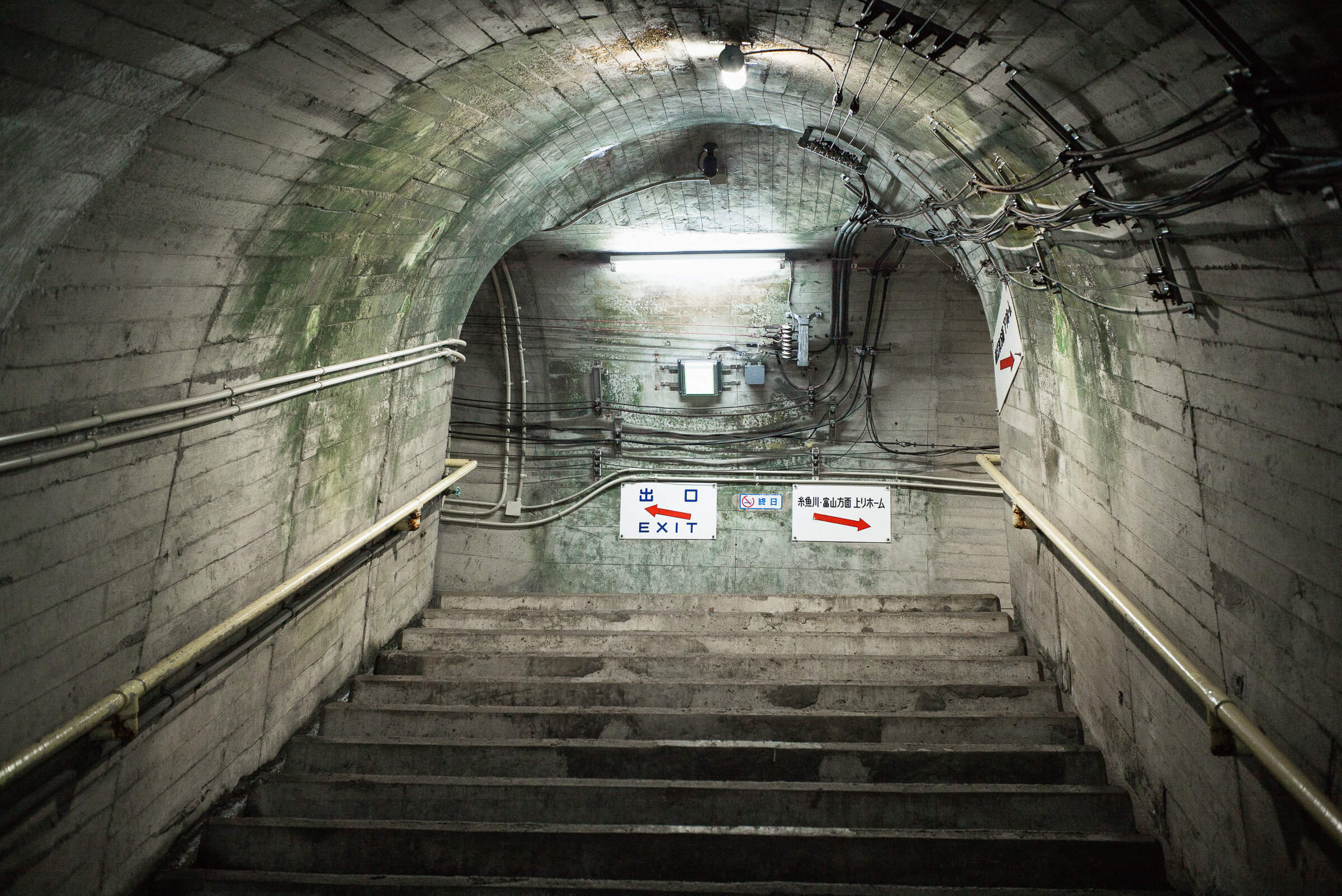
Finally, after a long and unsettling ride, the train stopped at Kisaragi Station. Confused and worried, Hasumi decided to get off the train. The station was deserted, with no staff or other passengers. She started searching for information and directions but quickly realized that Kisaragi Station did not exist in any official records or maps.
After leaving the train, Hasumi began experiencing a series of mysterious and frightening events. The sounds surrounding her resembled bells and drums, as if from a distant festival, and strange figures, like a one-legged man, appeared and vanished without a trace.
Desperate, she tried to contact her family and find her way back, but her efforts were in vain. Hasumi's last post on 2channel ended with words of growing unease and a decision to escape, after which she completely disappeared, leaving behind only a dark and disturbing legend.
Etymology
 Kisaragi Station (如月駅)
Kisaragi Station (如月駅)
"Kisaragi" (如月) is the traditional name for the second month in the lunar calendar used in Japan. However, in the context of the legend, the kanji may be interpreted more metaphorically. "如" means "like" or "similar to," and "月" means "moon." Together, 如月 may suggest something related to the moon, night, mystery, or another world.
Hasumi (葉純)
"Hasumi" (葉純) consists of two kanji: "葉" (ha) meaning "leaf," and "純" (sumi) meaning "purity" or "innocence." The name may symbolize the innocence and purity of the protagonist who gets entangled in supernatural events at Kisaragi Station. Hasumi's innocence contrasts with the dark and unsettling phenomena she encounters. It is primarily a common, though somewhat rare, Japanese name.
 Other Related Terms
Other Related Terms
Yami (闇駅)
"Yami" means "darkness" or "gloom." In the context of the legend, Yami Station is one of the supposed stations related to Kisaragi Station, emphasizing the theme of mystery and the unknown. It appears in interpretations and expansions of the legend but is not present in Hasumi's original account.
Isanuki (伊佐貫駅)
The name "Isanuki" (伊佐貫駅) refers to the tunnel through which Hasumi travels during her dark journey. "伊佐貫" may be interpreted as a combination of ancient Japanese names. This tunnel, as part of the mysterious train route, may symbolize the passage between the real world and the supernatural, enhancing the atmosphere of horror and uncertainty. Traversing Isanuki introduces an additional dimension of the unknown, emphasizing the heroine's isolation and desperation in her search for a way back to reality.
 Shin-Hamamatsu (新浜松駅)
Shin-Hamamatsu (新浜松駅)
Shin-Hamamatsu is the station from which Hasumi begins her journey. It is a real station in Shizuoka Prefecture, adding authenticity to the initial part of her story. This everyday, routine station contrasts with the unknown and terrifying Kisaragi Station.
Enshū Railway Line (遠州鉄道線)
Enshū Railway Line is a private railway line in Shizuoka Prefecture that Hasumi traveled on before arriving at Kisaragi Station. In Hasumi's story, the train departed from the real Shin-Hamamatsu Station, and the Enshū Railway Line serves as the backdrop for her extraordinary journey.
Content of the Legend
 First Posts on the Forum
First Posts on the Forum
At first, everything seemed completely normal. Hasumi, a young woman working in Shizuoka, boarded the train at Shin-Hamamatsu Station as she did every day. It was late at night, and she hoped for a peaceful return home. However, something was wrong. The train, which usually stopped every few minutes, continued without stopping.
Finally, growing increasingly uneasy, Hasumi began posting on the 2channel forum: “Is it just my imagination, or is the train not stopping at any stations? I’ve been on this train for twenty minutes already, and it usually only takes five.”

Arrival at Kisaragi Station
"It looks like the train is finally stopping," wrote Hasumi after a long silence. "The station is called... Kisaragi? I've never heard of it."
As she stepped off the train, her heart was pounding faster than ever. The station was deserted, dark, and surrounded by dense forest. No signs of life, no lights, just silence interrupted by her own breath. "Should I get back on the train?" she asked on the forum, but the train had already left, leaving her alone at this godforsaken and forgotten station.
Unsettling Events
Hasumi started looking for a taxi, but to no avail. "There are no taxis here," she wrote with growing panic. "I found a phone booth, but my parents can't find Kisaragi on any map. They think it's a joke."
The silence of the night was broken only by the distant sound of drums and bells, as if a festival was taking place in a nearby village. "I hear bells and drums... it's getting more and more frightening," she wrote. When she decided to walk along the tracks in the hope of finding help, she encountered a one-legged man who shouted, "Don't walk on the tracks, it's dangerous!" The man vanished before she could ask any questions.
Final Disappearance

Hasumi's last message was filled with fear: "My battery is almost dead. He's starting to talk to himself about strange things. This is my last post. If something goes wrong, I want you to know that I tried to escape." Hasumi was never heard from again. Her last words remained a mystery, and the story of Kisaragi Station quickly became an internet and cultural viral sensation and urban myth.
Around the Kisaragi Legend
Appearance of the Station Once Every Four Years (Kisaragi Day)

According to some stories, people who board the train on Kisaragi Day may be transported to another dimension where reality and time cease to have their usual meaning. This concept is rooted in the idea of liminality, a place of transition where the boundaries between the known and the unknown become fluid. February 29th, as a day that occurs every four years, symbolizes transition and transformation, fitting perfectly with the motif of a journey to another dimension. Therefore, the legend of Kisaragi Station not only frightens but also fascinates and intrigues, leaving room for many interpretations and speculations.
 Supernatural Phenomena and Time Distortions
Supernatural Phenomena and Time Distortions
One of the most disturbing aspects of the Kisaragi Station legend are the supernatural phenomena and time distortions that supposedly occur at the station. Passengers who claim to have visited this place talk about strange noises, appearing and disappearing figures, and time flowing in an unnatural way. Minutes can turn into hours, and hours into seconds.
Accounts of People Who Allegedly Visited Kisaragi Station


Where Exactly is Kisaragi Station?
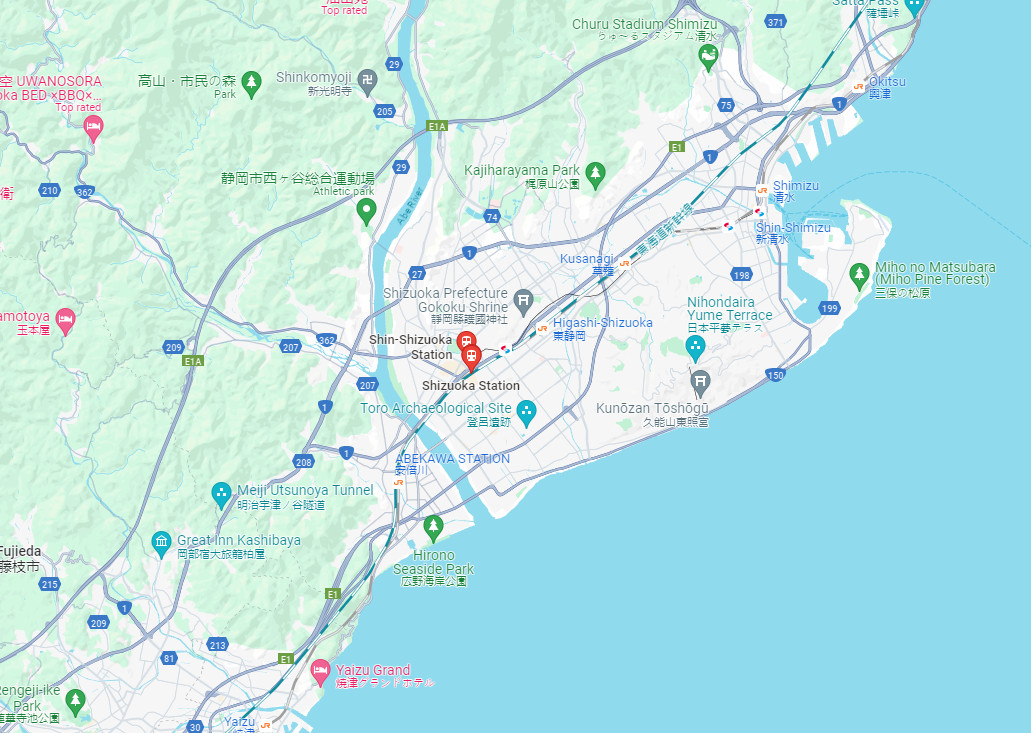
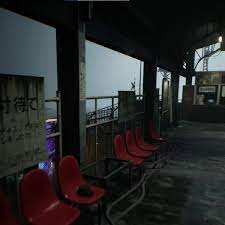
There is also a theory that the place can be found in Fukuoka. In 2012, a blogger named "TomoHiro" published a series of articles on his blog claiming that he found traces of Kisaragi Station near Fukuoka. His searches were based on old maps and accounts from older residents who mentioned a mysterious, disused train station in the mountains. Although TomoHiro did not find definitive proof of the station's existence, his research sparked interest and discussion among local supernatural enthusiasts.
Google Maps and other modern technologies are unable to locate the station. In 2016, an anonymous user added a marker for "Kisaragi Station" on Google Maps, placing it on a pond near Tsukuba University, which sparked a wave of interest and speculation. Although this location turned out not to be a real station, it showed how much interest this legend generates. Since then, Kisaragi Station has been repeatedly added and removed from Google Maps in various places.

The modern landscape around Saginomiya Station is busy and densely built up, contrasting with descriptions from 2004 when the legend emerged. At that time, the area was much less populated. An Enshū Railways employee recalled that there were no shops or bicycle parking, and the atmosphere was much more isolated and mysterious.
Kisaragi Station in Pop Culture
The legend of Kisaragi Station, with its mysterious atmosphere and terrifying phenomena, has found its place in Japanese pop culture. It has inspired many creators of anime, manga, films, and video games. Its influence is evident in numerous works that explore the motif of lost stations, alternate dimensions, and unexplained phenomena. Below are some examples where Kisaragi Station plays a central role.
 Kisaragi Station: The Movie (Film, Director: Jirō Nagae, Year: 2022)
Kisaragi Station: The Movie (Film, Director: Jirō Nagae, Year: 2022)
The film tells the story of a young woman named Haruna Tsunematsu, who works as an investigative journalist and tries to solve the mystery of her missing friend. During her investigation, Haruna comes across information about Kisaragi Station, a station that supposedly appears only once every four years and is associated with unexplained disappearances.
During her investigation, Haruna decides to board a train on February 29th, hoping to reach Kisaragi Station and discover the truth. The film depicts her journey, which initially seems normal but quickly turns into a nightmare full of supernatural phenomena and disturbing encounters. Kisaragi Station, portrayed as a desolate and dark place, becomes the center of supernatural events that the heroine must unravel to survive and discover what happened to her friend.
In this film, Kisaragi Station is not just a place but also a symbol of loss and fear of the unknown. Haruna must confront her greatest fears and fight for survival, simultaneously uncovering the dark secrets behind the station's legend. The film gained popularity in Japan, especially in regions close to Hamamatsu, and contributed to further spreading the legend of Kisaragi Station.
 Video Games
Video Games
Kisaragi Station (Video Game, Chilla's Art, 2020)
"Kisaragi Station" is a video game created by Chilla's Art, an independent studio specializing in horror. In the game, the player takes on the role of a character who arrives at a mysterious train station known from Japanese urban legends. The objective of the game is to survive and solve the puzzles related to Kisaragi Station while avoiding supernatural threats. The game has been praised for its atmospheric approach and deep immersion in the world of Japanese legends.
Ghostwire: Tokyo (Video Game, Tango Gameworks, 2022)
In "Ghostwire: Tokyo," players assume the role of a protagonist who must uncover the mystery of the disappearance of Tokyo's residents and fight against supernatural entities. Kisaragi Station appears in one of the side missions, where the player must investigate the mysterious station that exists only in another dimension. This mission directly references the urban legend, adding elements of horror and mystery to the game.
Shin Megami Tensei: Strange Journey Redux (Video Game, Atlus, 2018)
In this RPG, players explore alternate dimensions and fight demonic forces. Kisaragi Station appears as one of the locations that players can visit during their journey. The station, like in the legend, is surrounded by supernatural phenomena and poses a challenge for the players.
Kisaragi Afterstory

The legend of Kisaragi Station has had a significant impact on contemporary culture, especially in Japan. It has inspired numerous literary works, films, and video games. Authors and creators have drawn from it motifs of supernatural phenomena and mysterious places, which have become key elements in their stories.
The story of Hasumi, the mysterious station that appears once every four years, and the accounts of others who claim to have been there, ensure that this legend remains alive in people's imaginations. We will likely continue to see the motif of this station in future anime, games, and possibly literature.
>> SEE ALSO SIMILAR ARTICLES:
Inunaki Tunnel: Brutal Murder, the Howling Dog, Buried Workers, and Horrific Experiments...
10 Urban Myths of Tokyo – Discovering 21st Century Japanese Folklore
Sugisawa – A Nighttime Massacre Erased a Village from Japan’s Map
The Forgotten Torii Gate in the Concrete Underground – Amagamine Ochobo Inari
Bōsōzoku – When Japan’s Motorcycle Gangs in Kamikaze Coats Took Over Tokyo’s Night Streets
"Strong Japanese Women"
see book by the author
of the page
未開 ソビエライ
An enthusiast of Asian culture with a deep appreciation for the diverse philosophies of the world. By education, a psychologist and philologist specializing in Korean studies. At heart, a programmer (primarily for Android) and a passionate technology enthusiast, as well as a practitioner of Zen and mono no aware. In moments of tranquility, adheres to a disciplined lifestyle, firmly believing that perseverance, continuous personal growth, and dedication to one's passions are the wisest paths in life. Author of the book "Strong Women of Japan" (>>see more)
Personal motto:
"The most powerful force in the universe is compound interest." - Albert Einstein (probably)
Mike Soray
(aka Michał Sobieraj)
未開 ソビエライ
An enthusiast of Asian culture with a deep appreciation for the diverse philosophies of the world. By education, a psychologist and philologist specializing in Korean studies. At heart, a programmer (primarily for Android) and a passionate technology enthusiast, as well as a practitioner of Zen and mono no aware. In moments of tranquility, adheres to a disciplined lifestyle, firmly believing that perseverance, continuous personal growth, and dedication to one's passions are the wisest paths in life. Author of the book "Strong Women of Japan" (>>see more)
Personal motto:
"The most powerful force in the universe is compound interest." - Albert Einstein (probably)
Mike Soray
(aka Michał Sobieraj)
Write us...
Ciechanów, Polska
dr.imyon@gmail.com
___________________
inari.smart
Would you like to share your thoughts or feedback about our website or app? Leave us a message, and we’ll get back to you quickly. We value your perspective!


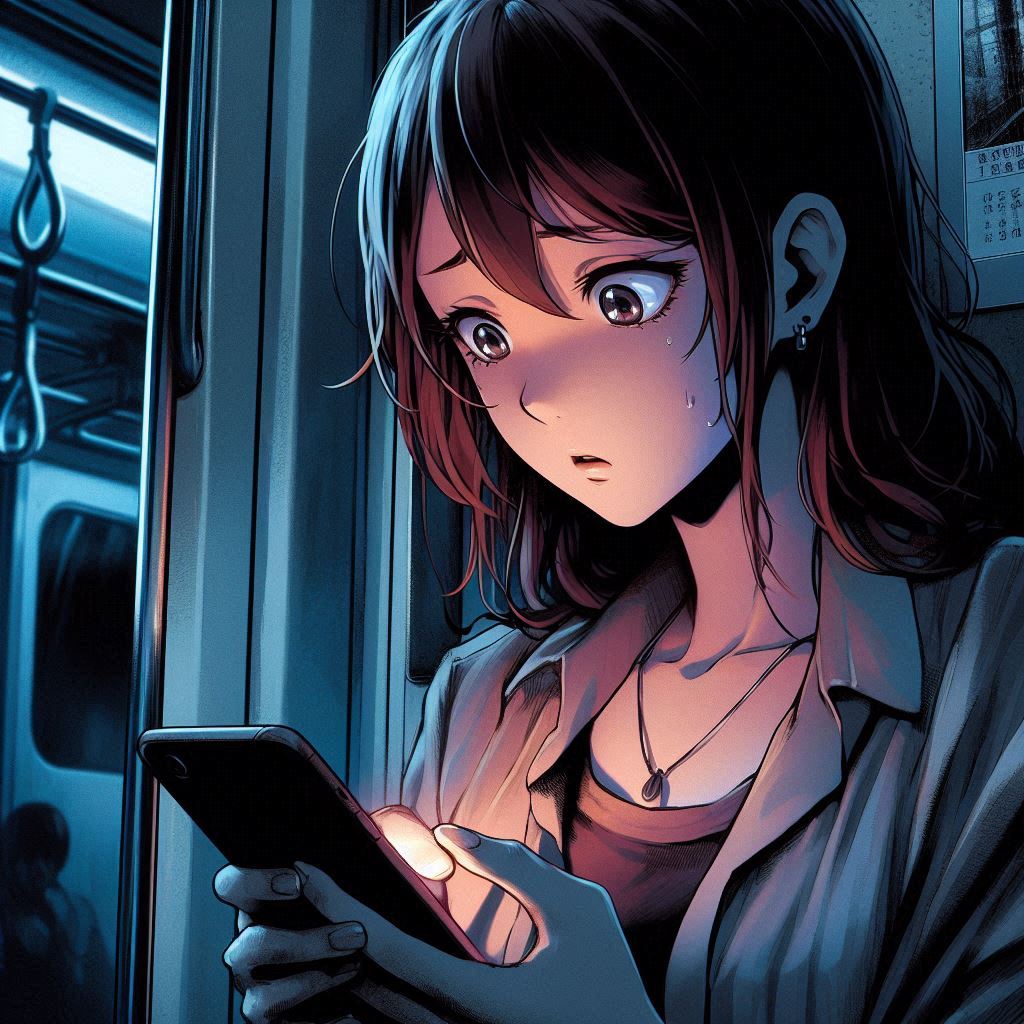

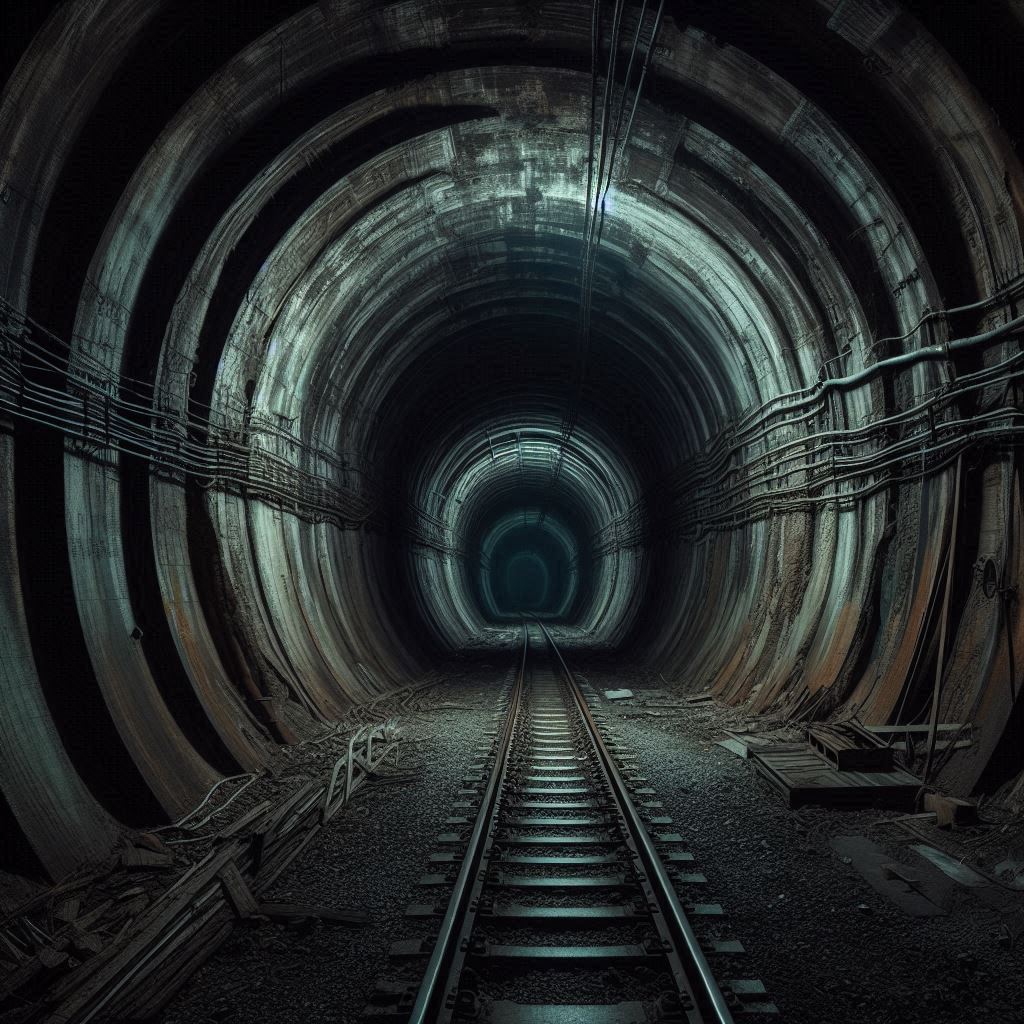



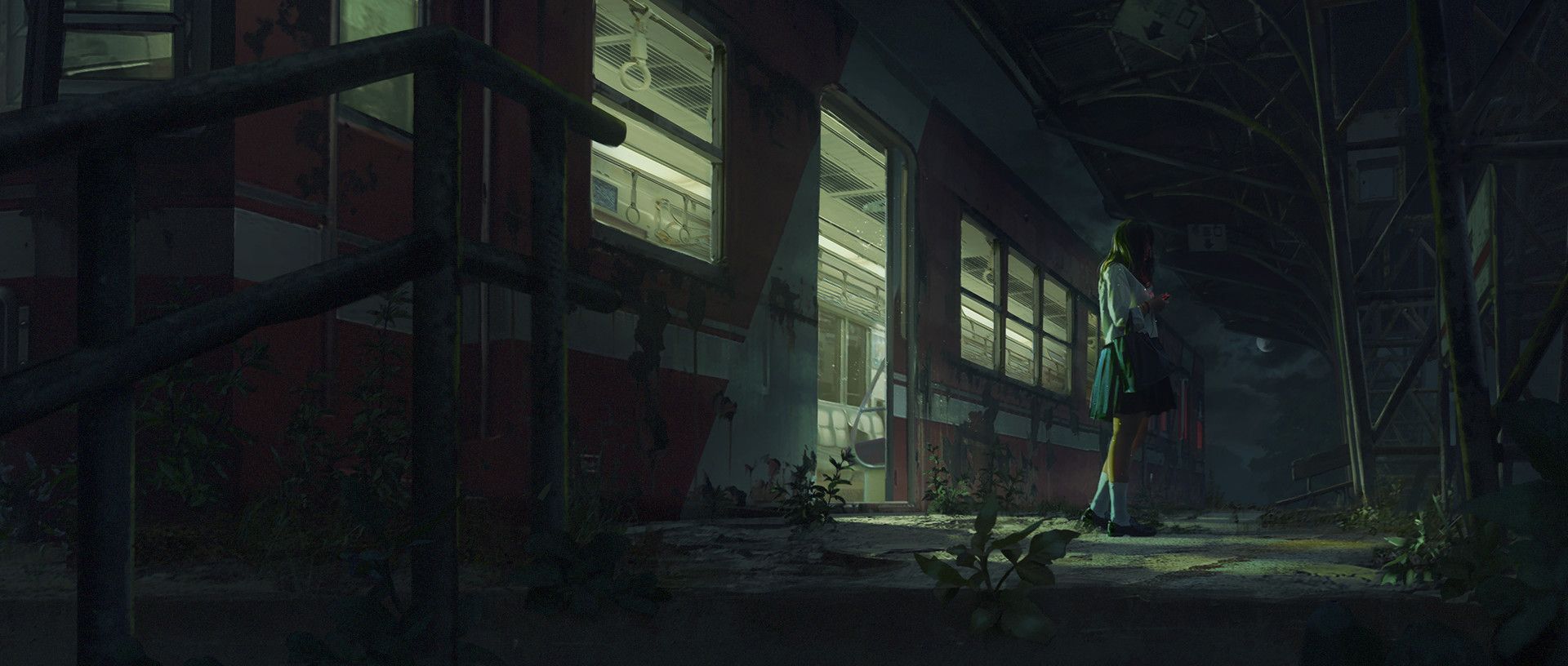
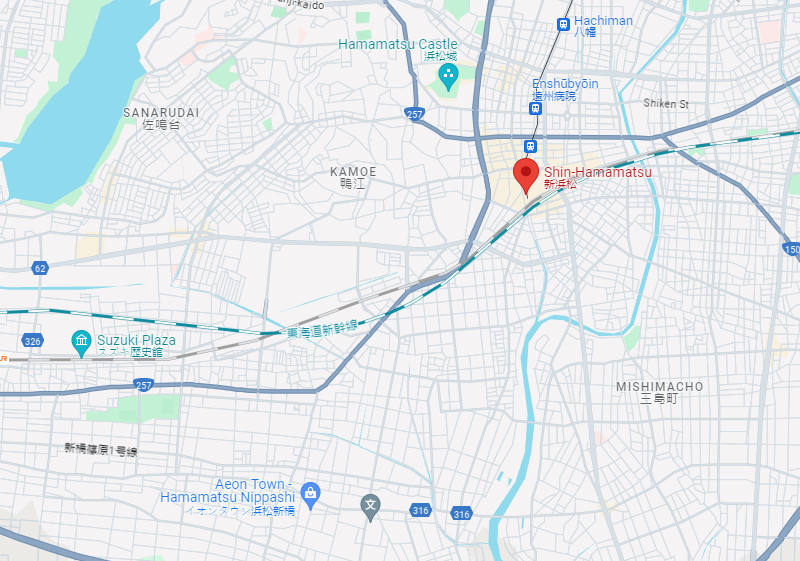

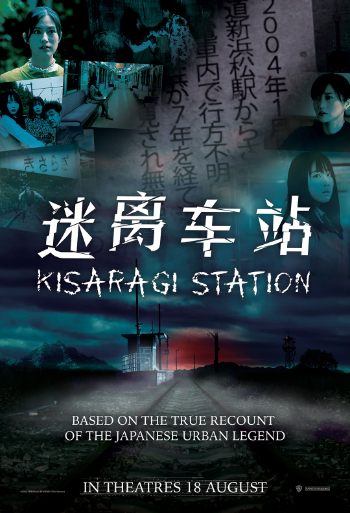
 Video Games
Video Games